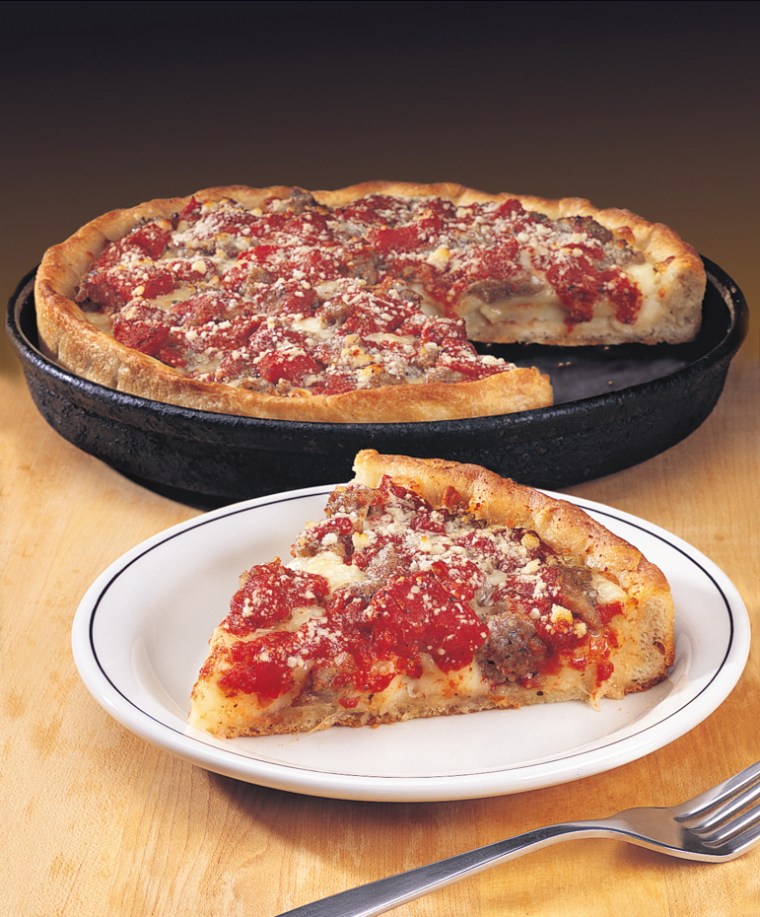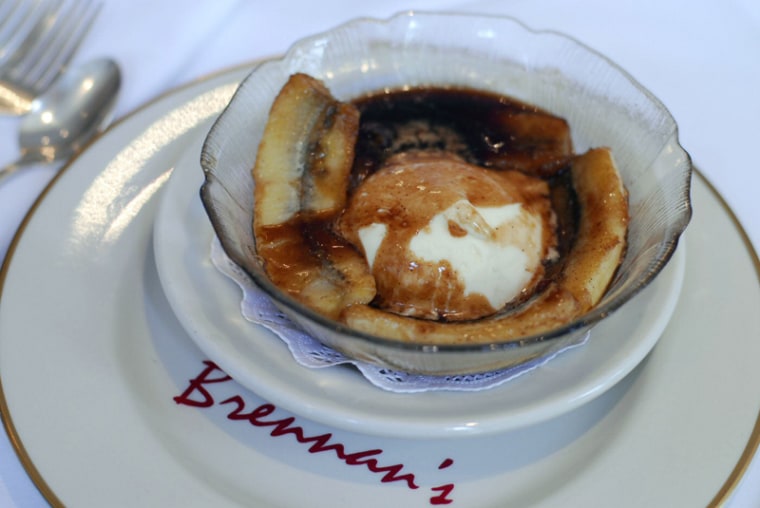Anyone who has known a chef for more than five minutes knows that he or she is one of a creative bunch. The quest to give a restaurant an edge leads chefs to experiment and improvise. Most times, the experiments fall by the wayside.
But sometimes things turn out well. A surprised chef may discover that he's created the Caesar salad. Or pasta primavera. Or the cheeseburger. Assuming credit is given where it's due, the restaurant (and sometimes even the chef) becomes legendary.
Take the case of George Crum. The head chef at the posh Moon’s Lake House resort in Saratoga Springs, N.Y., Crum was once confronted by a surly customer who complained that his French fries were too thick. In a fit of passive-aggressive pique, Crum sliced the fries paper-thin, fried them to the point where even the insides became crispy, and doused them with salt.
Crum had invented the potato chip while trying to satisfy a difficult customer. Within 10 years the dish was commonplace on menus nationwide. Within 25, it was one of America’s most popular snack foods. Fifty years after Crum's experiment, potato chips were one of the most popular snacks in the world. Unfortunately, Moon’s Lake House closed in 1890.
One food mecca that's still around, however, is Louis’ Lunch in New Haven, Connecticut. Founded in 1903 by Louis Lassen, it is widely regarded as the hamburger's likely birthplace. According to National Public Radio's Pam Fessler, “local legend submits that in 1900 one of Louis' customers wanted lunch in a hurry, so the cook put a beef patty between two slices of white bread.” To this day, the luncheonette still serves hamburgers on white toast, topped with optional tomato, onion and cheese spread—and nothing else. Despite rival claims from Wisconsin, New York and Texas, most food historians think Lassen originated the classic American hamburger.
Meanwhile, just down the road in New York City, Le Cirque is the undeniable birthplace of pasta primavera. Le Cirque’s owner, Sirio Maccioni, says that “in an era when Americans were already tossing their unused woks and fondue sets into the spare room for next year’s tag sale, pasta primavera was accessible, didn’t require extra equipment and had the faint touch of sophistication.” From Le Cirque’s posh tables, pasta primavera quickly became a regular on restaurant menus worldwide.
In the same way that pasta primavera’s origins lie in America rather than Italy, one of the most popular sushi rolls was born not in Japan, but California. Working at Los Angeles’ Tokyo Kaikan, chef Ichiro Mashita decided on a whim to use avocado as a substitute for out-of-season tuna while making a toro and crab roll. Now California rolls are even popular in Japan, where they are called “kashu-maki.”
Another dish with Californian origins is the San Francisco-style burrito. In an exhaustive search for the burrito’s origins, the San Francisco Weekly’s John Roemer traced the overstuffed, Americanized burrito to El Faro in the Mission District. In 1961, owner/chef Jose Ontiveros found a group of firemen requesting sandwiches from his grocery store. Although he did not have any sandwiches, he ended up creating the oversized burrito, using three overlapped flour tortillas and charging a dollar. El Faro is still around, with three branches throughout San Francisco—and the Super Burrito, as it was called, is too.

Other American cities came up with their own sandwiches or sandwich-style dishes. The cheesesteak was first served up in the early 1930s by the Oliveri Brothers in Philadelphia. Though their competitor Joe Vento, of Geno’s Steaks, added cheese to the sandwich recipe, the Oliveris are typically given full credit—and Pat Oliveri’s restaurant, Pat’s King of Steaks, still stands. Another Italian-influenced sandwich was created in New Orleans—the muffuletta. A delicious combination of capicola, salami, mortadella, emmentaler and provolone topped with heaps of olive salad, it was first made in 1906 at Salvatore Lupe’s Central Grocery.
By trying a dish in its classic setting, you take a step back in time. Although some restaurants have coasted on their creations, becoming tourist traps or one-hit wonders, others offer up fare just as delicious and tasty as the day they first made it onto the menu. At these places, history never tasted so good.
